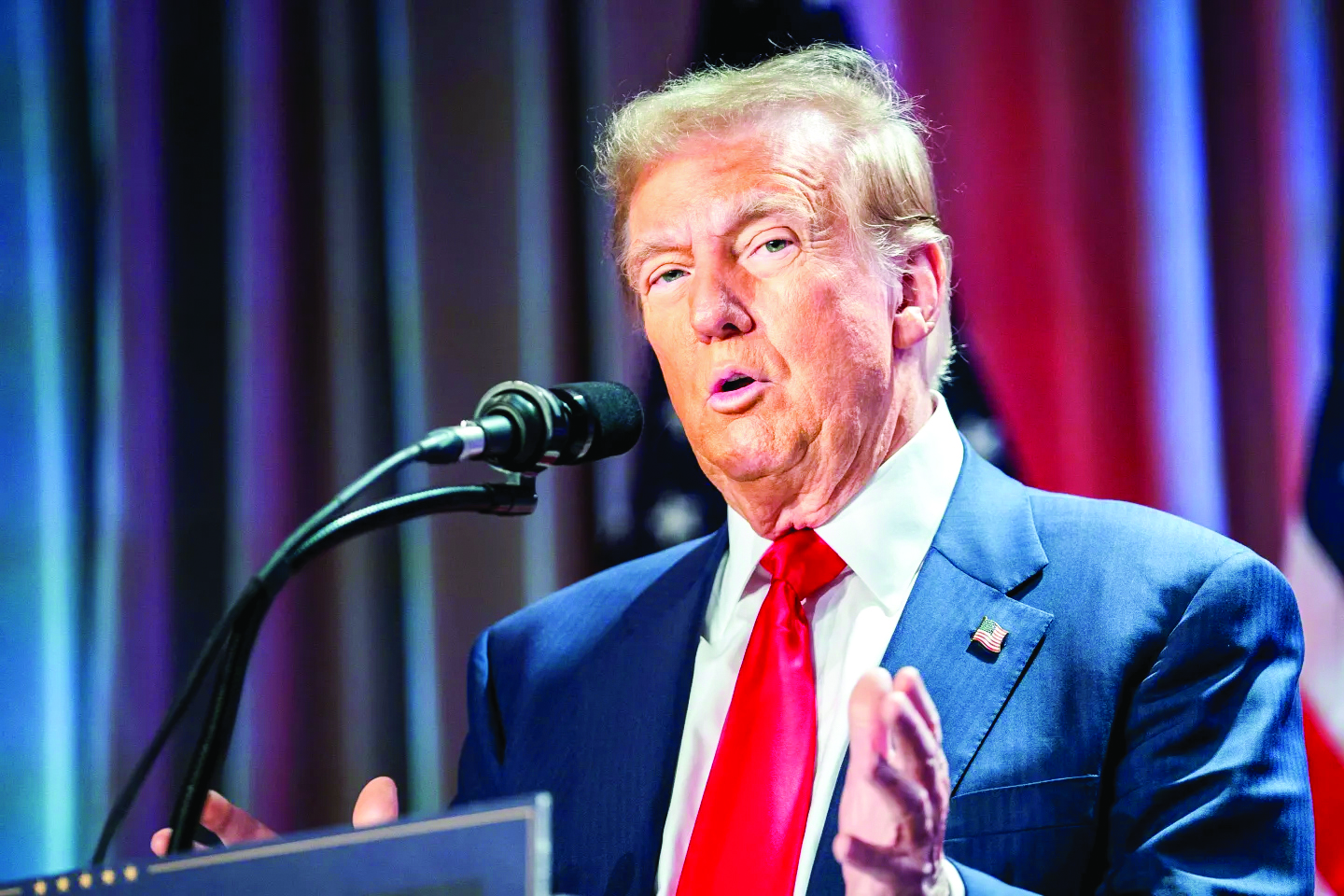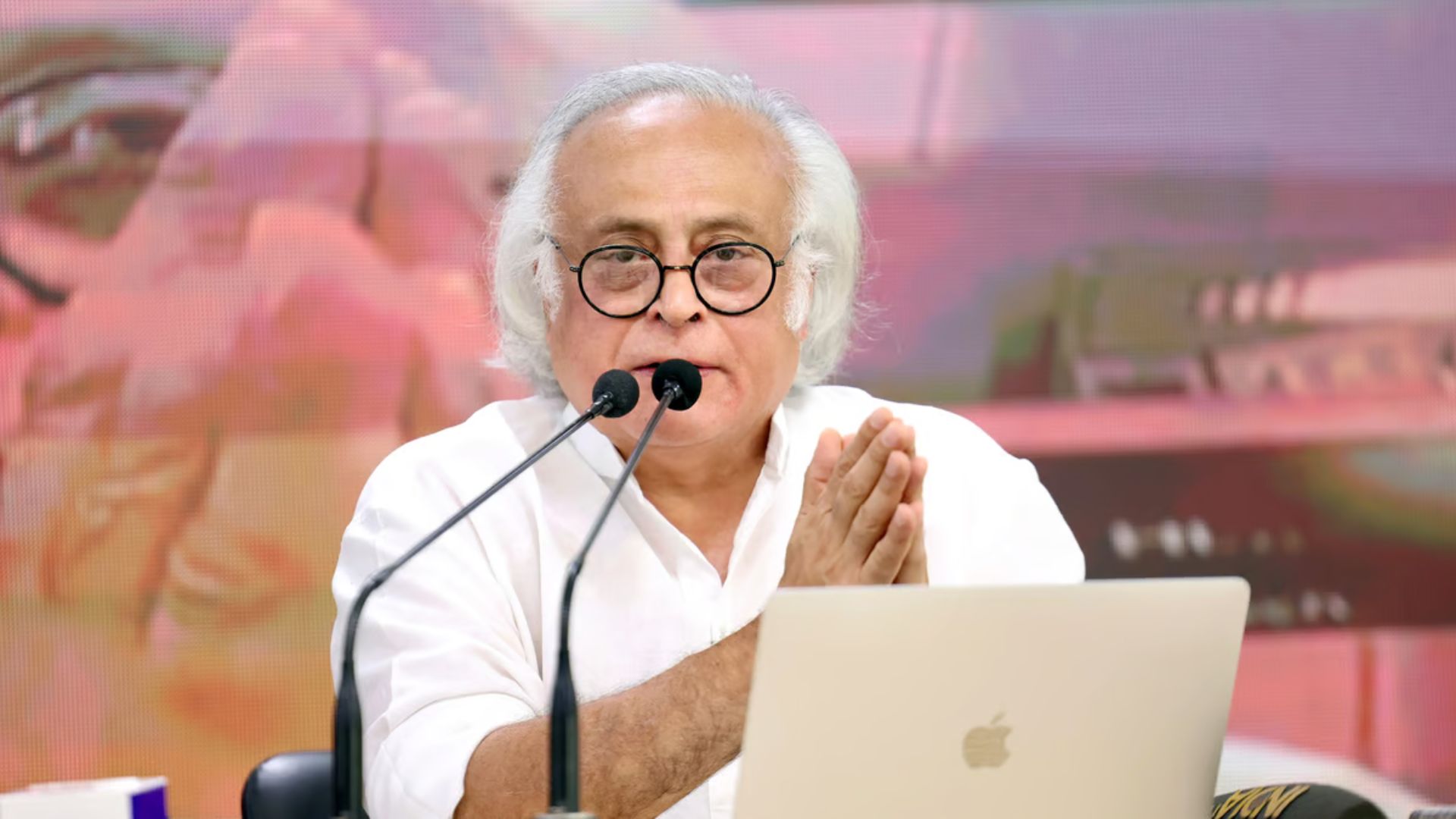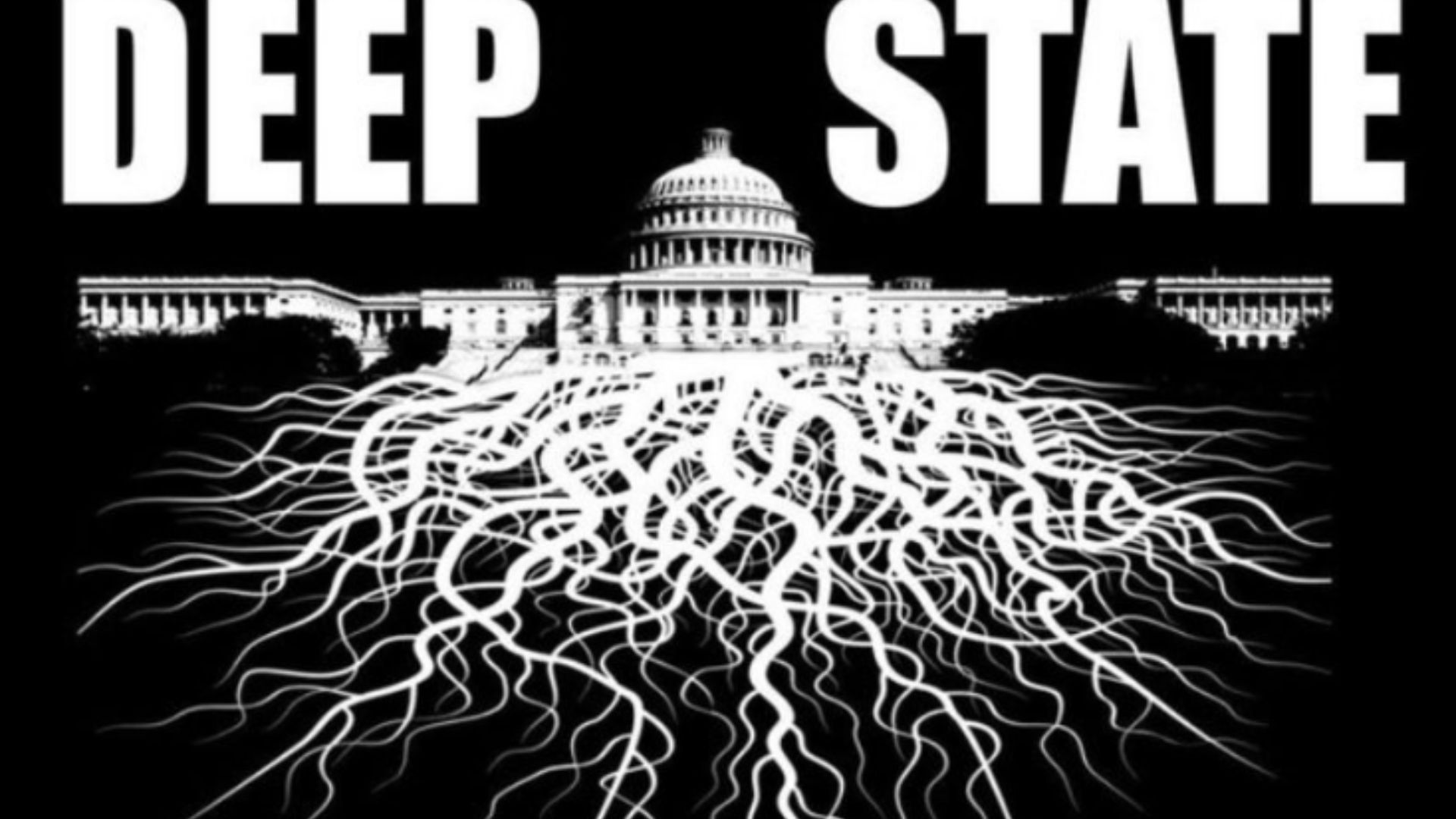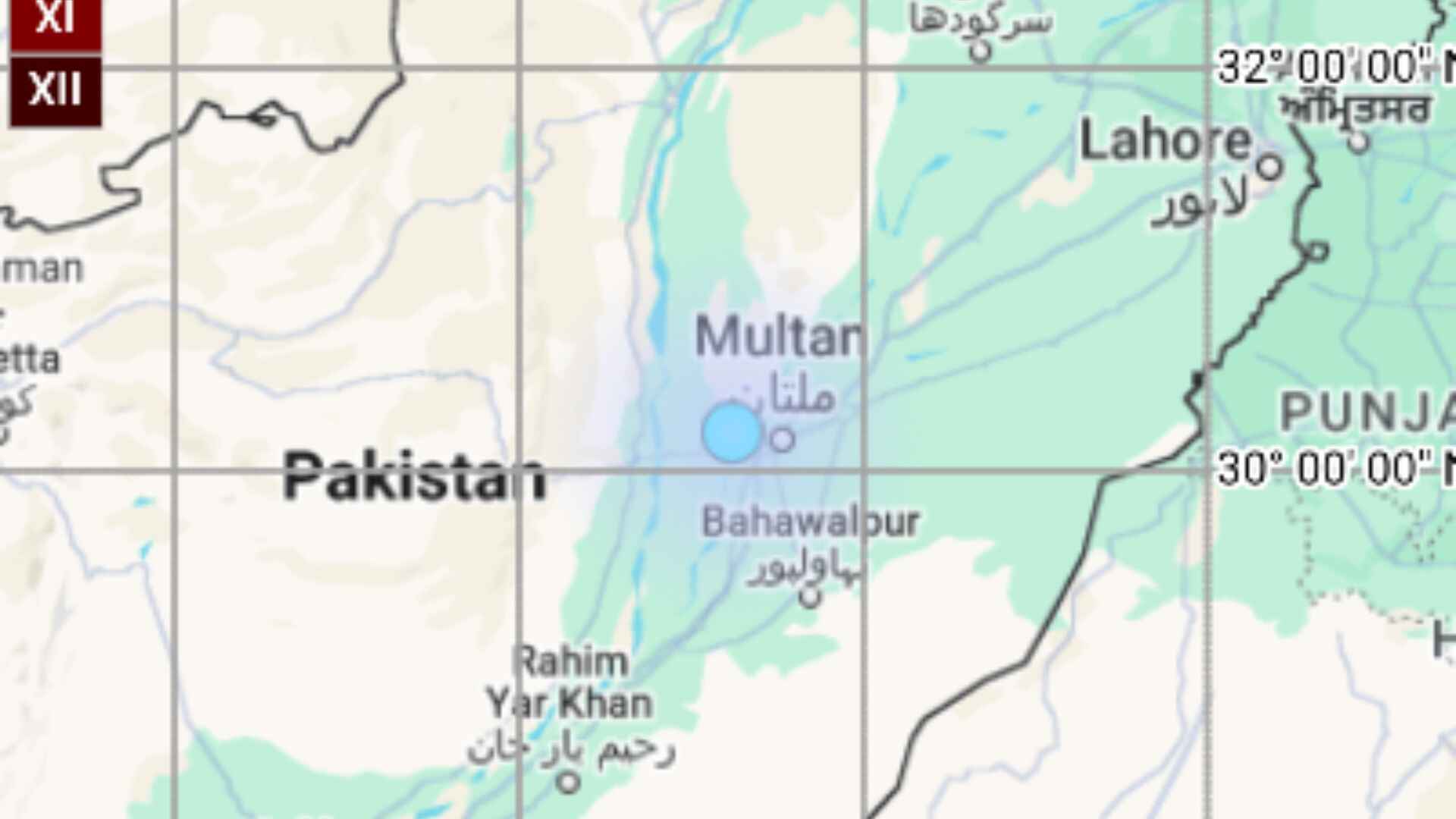
The prospect of Donald Trump’s return to the U.S. presidency has sparked speculation about significant geopolitical shifts. From U.S.-China tensions to the evolving role of Arab states, the global order is poised for a potential realignment. For India, a major regional power, Trump’s leadership could open doors of opportunity while posing challenges across defense, trade, energy security, and diplomatic engagement. As the world braces for the implications of “Trump 2.0,” India’s strategy must focus on agility, resilience, and adaptive partnerships.
U.S.-China Dynamics Under Trump 2.0
A renewed Trump administration is likely to adopt a more confrontational stance toward China, exacerbating existing tensions. Key elements of Trump’s potential China policy include:
Economic Confrontation: Trade disputes could intensify, with heightened tariffs and sanctions against China, potentially destabilizing global trade systems.
Technology Restrictions: Stricter limitations on China’s access to advanced technologies would disrupt global innovation and supply chains.
Transactional Alliances: Foreign partnerships under Trump may lean heavily on immediate, tangible gains rather than long-term strategy.
Taiwan Policy Uncertainty: Trump’s unpredictable approach to Taiwan could embolden Chinese aggression in the region.
Implications for the Indo-Pacific Region
Trump’s policies could reshape alliances and power balances across the Indo-Pacific. Key outcomes might include:
Erosion of Alliances: Inconsistencies in U.S. commitments to allies like Japan and South Korea could create uncertainty. Notably, Japan’s growing importance in intelligence-sharing frameworks like the Five Eyes highlights its role as a key player in regional security. Recently, Japan hosted a Five Eyes meeting, reflecting its emergence as a pivotal intelligence hub amid tightening Chinese information controls.
Rising Chinese Influence: Any vacuum in U.S. leadership could allow China to expand its dominance, particularly in contested areas such as the South China Sea.
India’s Strategic Response in the Indo-Pacific
India must seize the opportunity to bolster its position as a stabilizing force in the region. This can be achieved through:
Strengthening the Quad:
Advocate for regular Quad naval exercises and expand cooperation in cybersecurity and space exploration.
Deepen bilateral ties with nations like Vietnam, Indonesia, and the Philippines to counterbalance China’s influence.
Work toward institutionalizing the Quad to ensure long-term collaboration on security, economic, and technological fronts.
Counterterrorism and Emerging Threats:
Establish a Quad Counterterrorism Task Force to tackle extremism and cyber threats.
Integrate AI technologies into border surveillance to counter cross-border infiltration and narcotics-related terrorism.
Collaborate with the U.S. to amplify global pressure on Pakistan to dismantle terror networks.
Energy Security and Supply Chain Resilience:
Reduce dependency on Chinese rare-earth minerals by collaborating with Quad members on resource-sharing initiatives.
Pursue joint ventures with the U.S. and Japan in renewable energy and nuclear technology to secure energy independence.
Strengthen ties with Gulf Cooperation Council (GCC) countries and Central Asia to mitigate risks from U.S.-China trade conflicts.
Arab World: A Renewed Trump Strategy and Its Implications
A second Trump administration is likely to reinvigorate U.S. engagement in the Arab world, particularly through policies targeting Iran and expanding the Abraham Accords.
Middle East Policy under Trump 2.0
Abraham Accords Expansion: Trump’s administration previously brokered normalization agreements between Israel and Arab states such as the UAE and Bahrain. A renewed presidency could expand this framework, potentially including Saudi Arabia, further reshaping the region’s power dynamics.
Iran Pressure Campaign: Trump’s “maximum pressure” strategy, marked by sanctions and military deterrence, could escalate tensions in the Gulf. This would directly impact global energy security, especially vital corridors like the Strait of Hormuz.
Energy Policies: A focus on fossil fuel dominance may reduce U.S. engagement in renewable energy initiatives, pressuring Arab oil producers to align with U.S. energy strategies.
Strategic Responses from Arab States
Deepening U.S. Ties: GCC countries such as Saudi Arabia and the UAE are likely to strengthen defense and security partnerships with the U.S., leading to increased arms deals and intelligence-sharing frameworks.
Economic Diversification: Arab states may accelerate initiatives like Saudi Vision 2030 to reduce oil dependency, creating opportunities for global partnerships in technology, renewable energy, and infrastructure.
Regional Polarization: U.S.-Iran tensions could deepen divides between pro-U.S. GCC states and pro-Iran actors, increasing regional instability.
India’s Strategic Priorities in the Arab World
The Middle East remains a cornerstone of India’s foreign policy due to its importance as a source of energy, trade, and remittances. Trump’s policies in the region present both opportunities and challenges for India:
Opportunities:
Energy Security: Strengthening ties with GCC nations can ensure steady energy supplies and reduce risks from disruptions in the Strait of Hormuz.
Economic Diversification Partnerships: India can tap into investment opportunities in GCC states’ non-oil sectors, including AI, fintech, and renewable energy.
Defense Cooperation: Increased U.S.-Arab defense collaboration creates space for India to contribute in areas like technology sharing, training programs, and naval security.
Challenges:
Balancing Iran-GCC Relations: India’s strategic ties with both Iran (e.g., Chabahar Port) and the GCC could be tested, requiring careful diplomatic navigation.
Volatility in Remittances: Regional instability may affect the large Indian expatriate population in the Gulf, disrupting critical remittance flows.
Strait of Hormuz Risks: Escalations in U.S.-Iran tensions could jeopardize energy imports, prompting India to diversify sources and explore alternative transport routes.
Strategic Recommendations for India
To manage the complexities of Trump 2.0’s impact on the Arab world, India should adopt a multi-pronged approach:
Deepening GCC Ties:
Expand defense and maritime cooperation with GCC navies to secure sea lanes.
Invest in GCC economic diversification initiatives, focusing on renewable energy, infrastructure, and technology.
Strengthen cultural diplomacy and leverage the Indian diaspora in the Gulf.
Balancing Iran and GCC Relations:
Continue developing the Chabahar Port for strategic access to Afghanistan and Central Asia.
Collaborate with non-Gulf oil suppliers and invest in green energy projects to reduce energy dependency on the region.
Proactive Regional Engagement:
Collaborate on counterterrorism intelligence and cybersecurity initiatives with GCC countries.
Position India as a neutral mediator in regional conflicts, enhancing its role as a stabilizing force.
Leveraging Partnerships in I2U2 and the Quad:
Utilize the I2U2 framework to foster innovation in agriculture, technology, and water security, aligning with the region’s diversification goals.
Strategic Vision for India in a Shifting Global Order
As the global geopolitical landscape evolves under Trump 2.0, India’s strategic autonomy will remain its greatest asset. By balancing partnerships with major powers, modernizing its defense capabilities, and championing multi-alignment strategies, India can position itself as a stabilizing force in a fragmented world.
The Arab world, in particular, presents a major opportunities for India. By fostering deeper ties with GCC states, balancing relations with Iran, and capitalizing on economic diversification initiatives, India can secure its strategic priorities while enhancing its regional influence. With agility, foresight, and resilience, India stands poised to navigate the complexities of a reshaped global order, strengthening its position as a global power in its own right.
Prof. (Dr.) Nishakant Ojha, Expert in Foreign Affairs and Counter-Terrorism (Middle East & West Asia)















